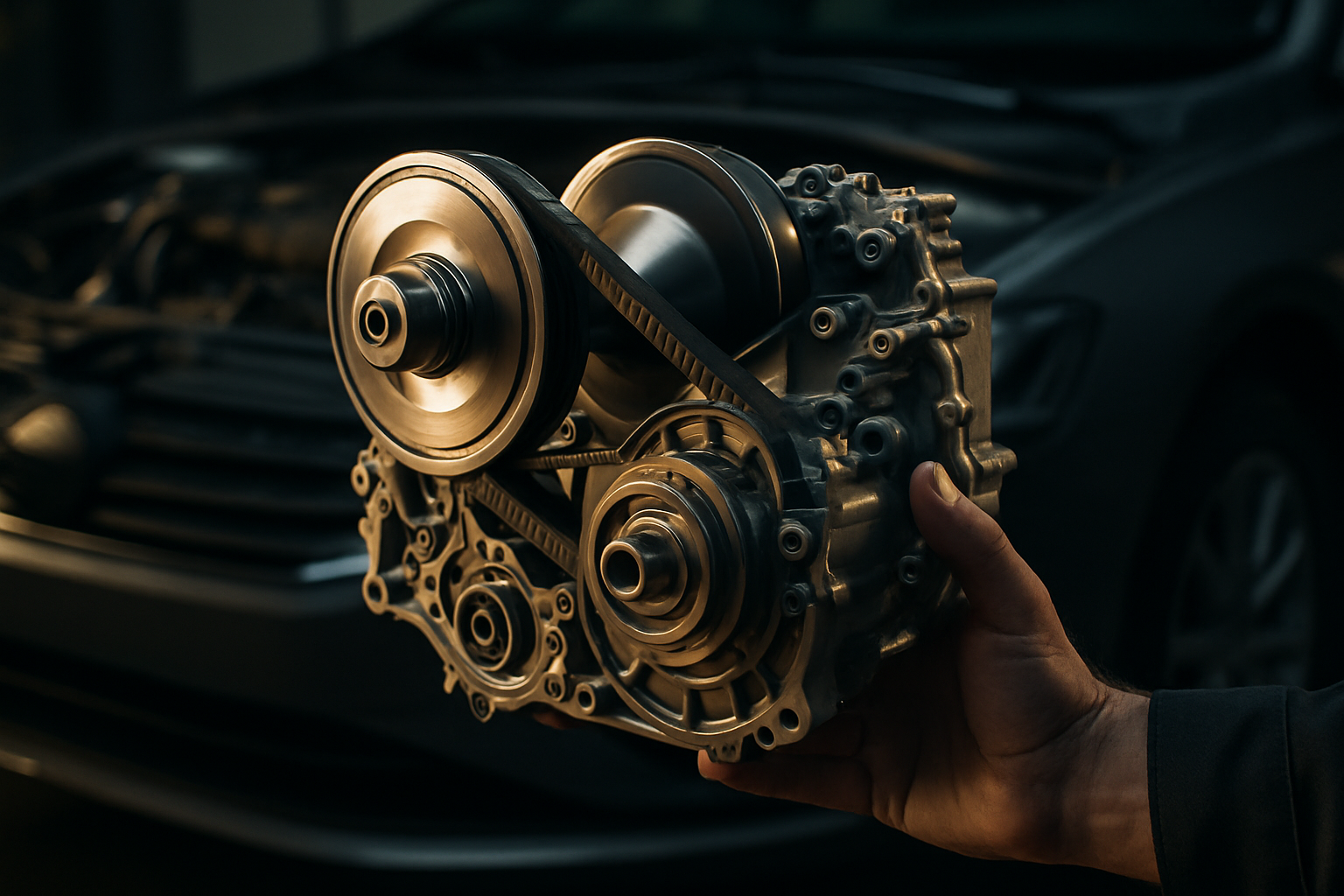Unveiling the Enigma of Continuously Variable Transmissions
Within the realm of automotive technology, the continuously variable transmission (CVT) stands as a beacon of engineering genius. This innovative piece of machinery has been steadily gaining traction in the industry, offering a unique driving experience and unparalleled efficiency. But what exactly is a CVT, and how does it alter the dynamics of driving? Let's delve into the intricate world of this fascinating automotive innovation.

A Journey Through the Gears: Understanding CVTs
The concept of CVTs dates back to the late 19th century, with the first patent registered by Daimler and Benz. It is a type of automatic transmission that provides more effective, smoother acceleration than traditional automatic or manual transmissions. Unlike its counterparts, a CVT doesn’t have gears. Instead, it employs two pulleys connected by a belt or chain, with the diameter of these pulleys varying depending on the vehicle’s speed. This results in an infinite number of ratios, hence the term ‘continuously variable.’
CVT: The Intersection of Performance and Efficiency
In traditional transmissions, energy can be lost during gear changes, which can decrease overall efficiency. CVTs eliminate this problem by providing a seamless transition through varying speed requirements. This results in smoother acceleration, better fuel efficiency, and optimizes engine performance. However, CVTs have often been criticized for their lack of responsiveness and a somewhat dull driving experience. Automotive manufacturers are addressing these concerns with simulated ‘steps’ that mimic the feel of gear changes in traditional transmissions.
The Impact of CVTs on the Automotive Industry
CVTs represent not just an evolution in transmission technology, but a potential revolution in driving dynamics. The adoption of CVTs can lead to significant fuel savings and emissions reductions, contributing to the global push towards more sustainable mobility. However, manufacturing CVTs can be complex and costly, which has slowed their widespread adoption.
Overcoming the Challenges: The Future of CVTs
CVTs face several hurdles in their path to mainstream adoption, including high manufacturing costs, durability concerns, and driver perception. However, advancements in design and materials are increasing the longevity and reliability of CVTs. Furthermore, manufacturers are improving the driving experience by incorporating artificial ‘steps’ into the transmission’s operation, mimicking the feel of conventional automatic transmissions.
The Endless Possibilities of CVTs
As our understanding and technology improve, the future of CVTs looks promising. While there are still challenges to overcome, the potential benefits of this technology are hard to ignore. From smoother drives to increased fuel efficiency, CVTs offer a unique blend of performance and practicality. As we continue to push the boundaries of automotive technology, it’s clear that CVTs will play a key role in shaping the future of transportation.
In the ever-evolving landscape of automotive technology, continuously variable transmissions stand out as a promising advancement. Rooted in historical innovation and refined through relentless engineering, CVTs hold the potential to redefine our driving experiences. They offer a glimpse into a future where performance and efficiency coexist seamlessly, promising an exciting new chapter in the world of automotives.





